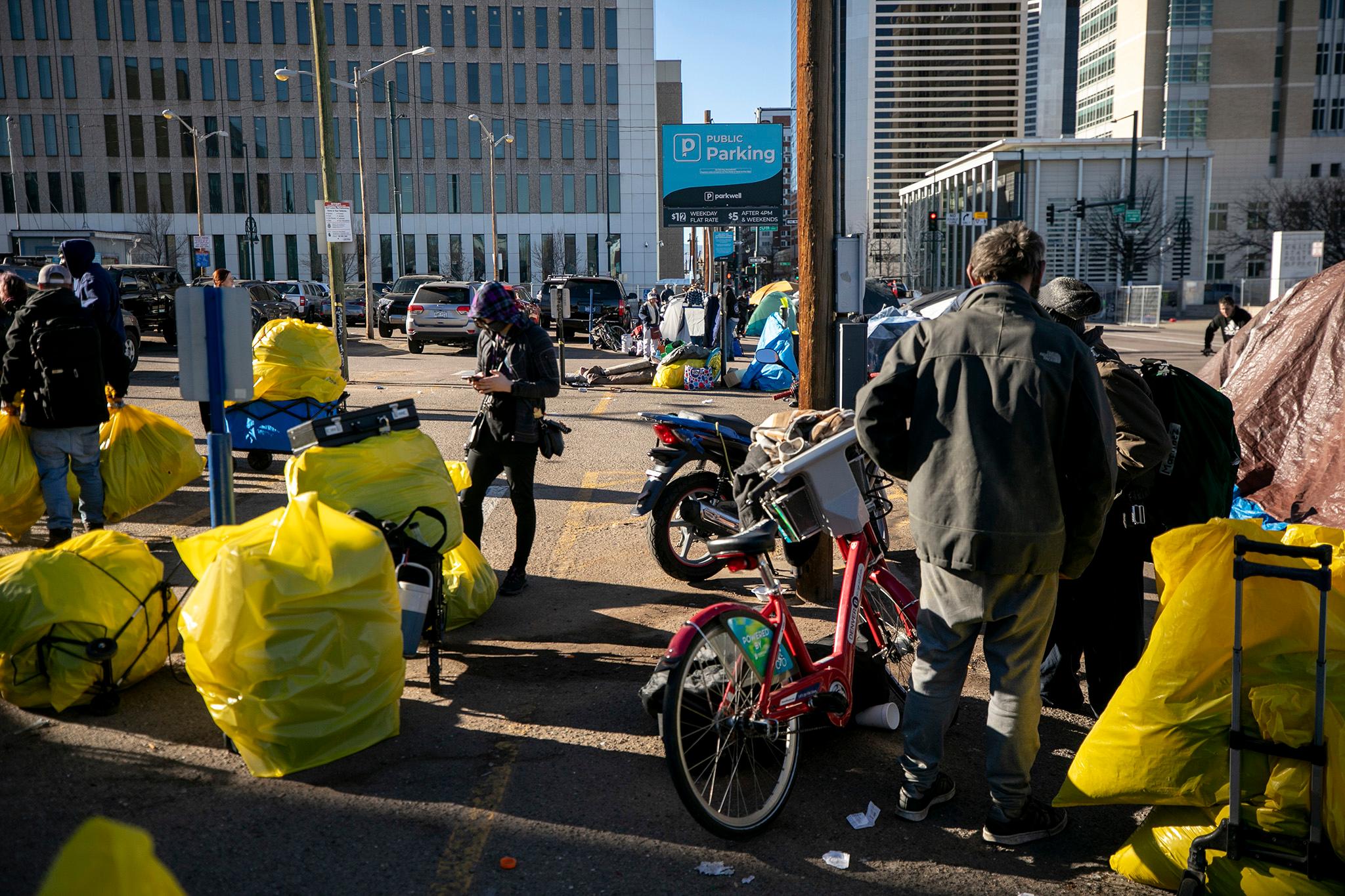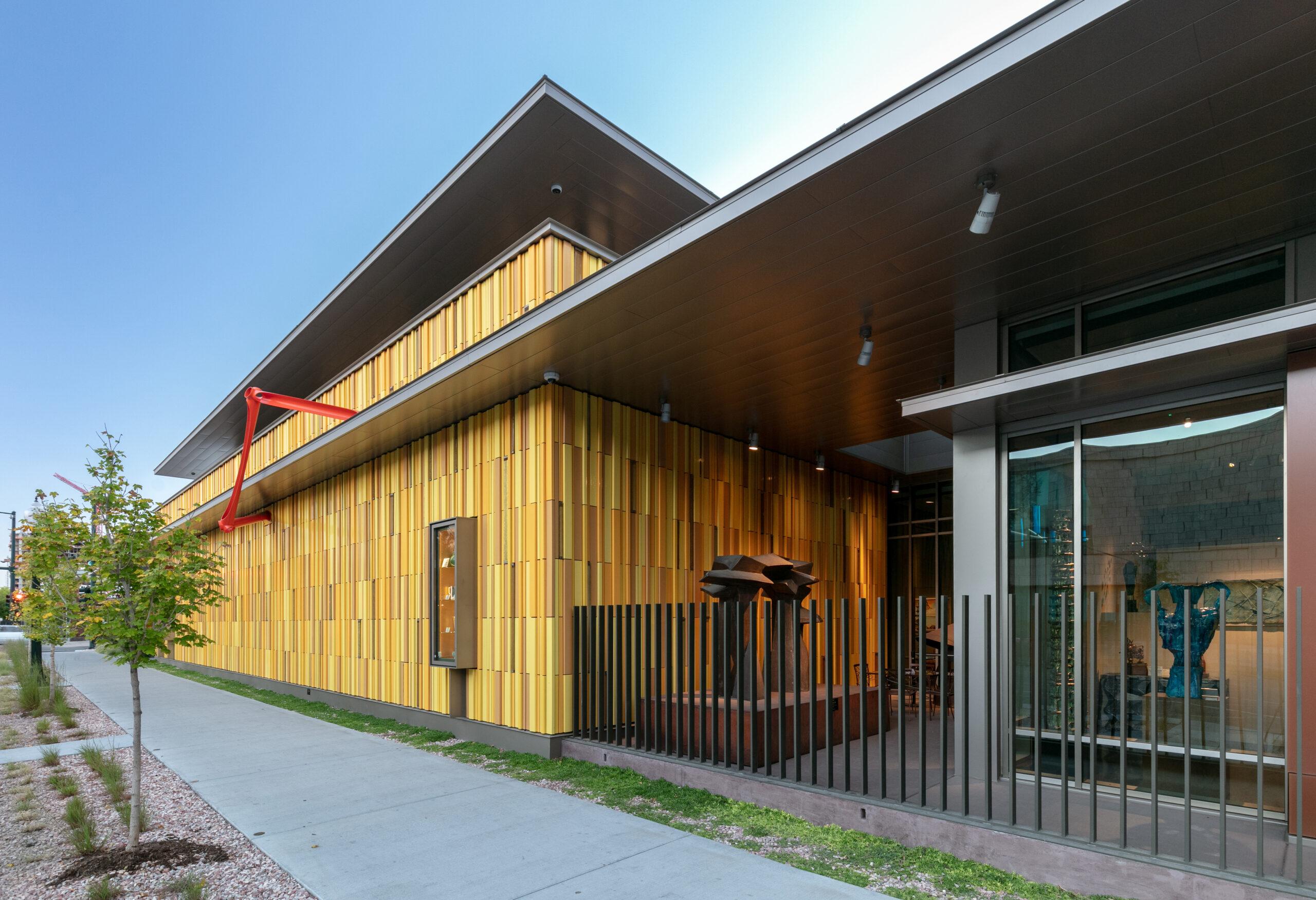The City of Denver has updated its dashboard tracking progress on House1000, Mayor Mike Johnston's effort to shelter 1,000 people by Dec. 31, with more sober language about sheltering outcomes, greater transparency about how people came indoors and clearer information about how people exited shelters.
The new dashboard shows "people moved indoors" rather than people who received "housing outcomes," a misnomer since people moving from the streets into shelter are still homeless by both city and federal standards.
It also documents the number of people who have moved into housing, including 37 who were reunited with friends and family, 129 who moved into leased units and 5 who moved into other permanent housing.
Of the total, 368 moved from encampment resolutions, where the city shuts down an encampment, into non-group shelters, and another 11 moved indoors from other types of street outreach activities.
Perhaps most importantly for people looking to understand the success of House1000, 97% of the people moved indoors are still in shelter or housing, and just 17 people moved back to the streets.
The dashboard also shows the average length of stay in a shelter and the percentage of people who stayed indoors for 30 days or more.
Finally, the dashboard explains where people moved if they left their shelters: to other shelters (4), treatment (1), jail (4), unknown (12), or unsheltered homelessness (5).
The dashboard has detailed information about sources and terms, to ensure a transparency that was missing in the previous iteration.
As the end of the year, Johnston's deadline, approaches, having clear information will help the public and City Council assess his approach.
The fresh dashboard was published days after Denverite reported city officials had spent months in confusion about what the original tracker was documenting when it came to how long people were in shelters and miscommunicating the information to the public.
Until reporters questioned the data and even after, officials failed to acknowledge their mistake. 9News anchor Kyle Clark, who first noticed a discrepancy in what the data showed and how it was being explained, described the city's attempt to cover its mistake as "gaslighting" and "deception."
In September, spokespeople for the city said the dashboard, originally documenting "housing outcomes," counted people who had been inside for at least 14 days. Instead, from the beginning, the dashboard was documenting people who had simply been indoors. There was no requirement that they stayed inside or spent a single night in a shelter.
The new dashboard has also quit counting people staying in group shelters, so the number of people counted has dropped by 34 people to 550 people moved inside -- a move that reiterates Johnston's long-stated commitment to bringing people into a place with a door, a lock and a key while they wait for housing that is more permanent.
In addition to tracking outcomes for individuals, the dashboard tracks the locations of shelters and the demographics of the communities they're in.
The dashboard breaks down citywide demographics and also the makeup of the communities where hotels and microcommunities are being created.
The city is making the case that it's spreading microcommunities through the city equitably,
The largest share of shelter units are being created in or on the border of the city's last plurality Black neighborhood, Northeast Park Hill, in District 8. In that community, the median household income is $58,524 and just 26% of the community is white, compared to 54.3% in the rest of the city.
"Mayor Johnston and his administration are committed to ensuring hotel and micro-community sites are equitably distributed across Denver by avoiding concentrating these sites in low-income communities and communities of color that have traditionally faced disinvestment from the city," the document states.












